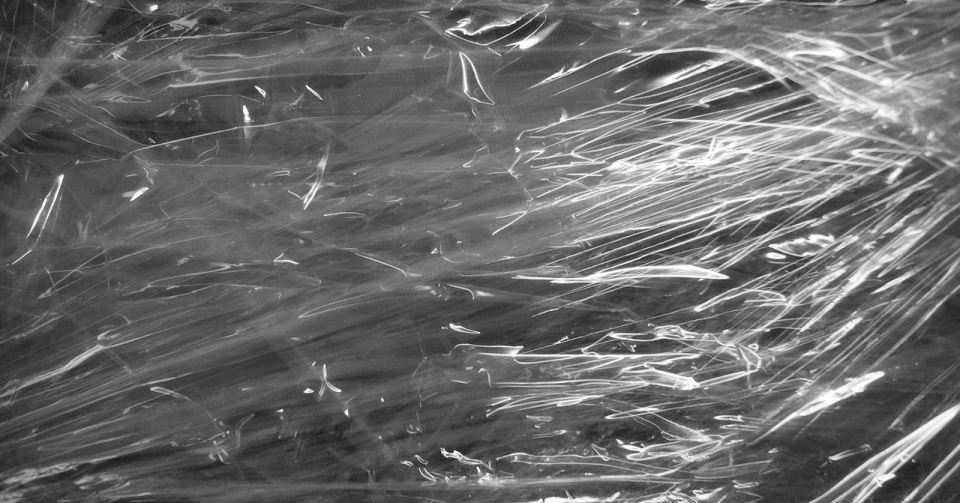When you're packing for your move, it won't take long for you to realize how much stuff you have accumulated over the years -- and now you have to pack and move from one place to another. It can get pretty overwhelming. Before long you'll be looking for any shortcut to save you some time and reduce the size of your moving load.

Thankfully, there's a solution to your problem... vacuum packing. Vacuum packing some of your items can save space when it comes time to pack, making moving a lot easier. Read on to find out which belongings you can vacuum pack and how to do it.
Best items to vacuum pack before you move
It should be established right from the start that you can't vacuum pack everything. Vacuum packing is putting items into an airtight plastic bag and removing all of the air, reducing the amount of space the items take up. Some items are filled with layers of air in between them and vacuum sealing them will remove that air. Other items are more solid and won't benefit from being vacuum packed.
Here are the items you can vacuum pack:
- Clothing is the most commonly vacuum packed item when moving. When packed in regular moving boxes or even luggage, each piece of clothing is filled with layers of air in between. This makes it difficult to fit many articles of clothing neatly in one box without wrinkling or damaging them.
Filling up box after box of just clothing will take up a lot of space on the moving truck, not to mention how exhausting it is to carry heavy boxes of clothes back and forth. By vacuum packing your clothing, you can reduce what would normally be five or six boxes into one vacuum sealed bag. This will make it much easier to transport your clothing and load it onto the moving truck or the trunk of your car.
- Bed sheets and comforters are big, space-consuming, bulky items that have to be crammed and folded several times just to fit in a box. When you vacuum seal these items, you can condense a thick, fluffy comforter down to the thickness of a paperback book, making it much easier to pack and load.
- Pillows and other bedding will go from very thick to tightly squeezed. The best part is, when you finally arrive at your new home and open the vacuum-sealed bags, your pillows will spring back to life and feel as good as new.
- Perishable food is the best use of vacuum packing during a move. By vacuum packing your food, you can keep it fresh for longer -- sometimes as long as two or three years depending on what it is.
You can stack your vacuum sealed bags together, either in a large moving box or a plastic container, saving you tons of space in the process.
How to vacuum pack for your move
To vacuum pack your clothes and other belongings, you'll first need to obtain a set of vacuum seal bags. They're sold in packages of several bags, ranging from small bags for food items to larger bags made for clothing and bedding. The main reason to use vacuum packing is to compress the items inside.
- Prepare your items. To pack your clothes, first make sure they are folded neatly and stacked evenly in a pile. Try to compress the clothing as much as you can before placing it in the bag. If your clothes aren't folded neatly before they are packed, the vacuum seal can cause them to become wrinkled in the bag, so make sure you have removed all creases before packing.
- Pack your items. Laying the bag on its side, place your folded clothes, bedding or linens neatly into the bag, fitting whatever you can inside without passing the fill line indicated on the side. Filling the bag past this line can cause the seal to malfunction.
- Secure the bag. Seal the top of the bag and press down firmly several times to ensure the bag is completely closed off and no air can get inside.
- Locate the vacuum port. On the side of the bag, usually indicated by a black plastic cap, you can find the vacuum port. Pop it open to release the valve. Then, place the hose of your vacuum cleaner into the valve and turn it on.
- Compress the bag. Keep the vacuum running for up to two minutes while all of the air is removed from inside of the bag. You will know when the bag is completely vacuum sealed when the bag stops shrinking. At this point, turn off the vacuum and quickly remove it from the valve, pressing the cap back into place before any additional air enters the bag.